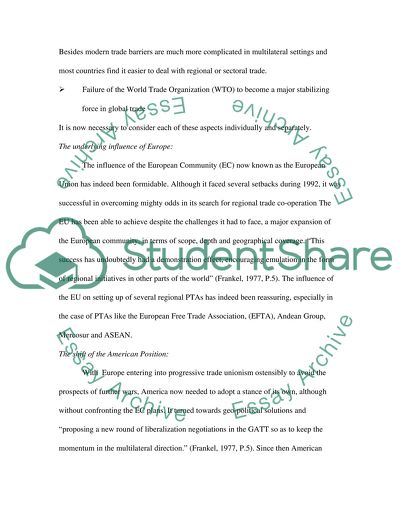Cite this document
(“International Business Practice Assignment Example | Topics and Well Written Essays - 2500 words”, n.d.)
Retrieved from https://studentshare.org/family-consumer-science/1411404-international-business-practice
Retrieved from https://studentshare.org/family-consumer-science/1411404-international-business-practice
(International Business Practice Assignment Example | Topics and Well Written Essays - 2500 Words)
https://studentshare.org/family-consumer-science/1411404-international-business-practice.
https://studentshare.org/family-consumer-science/1411404-international-business-practice.
“International Business Practice Assignment Example | Topics and Well Written Essays - 2500 Words”, n.d. https://studentshare.org/family-consumer-science/1411404-international-business-practice.


